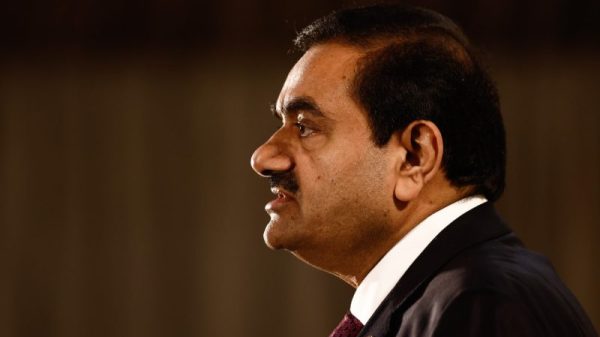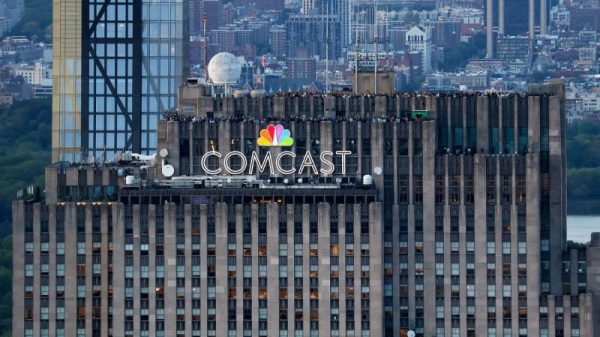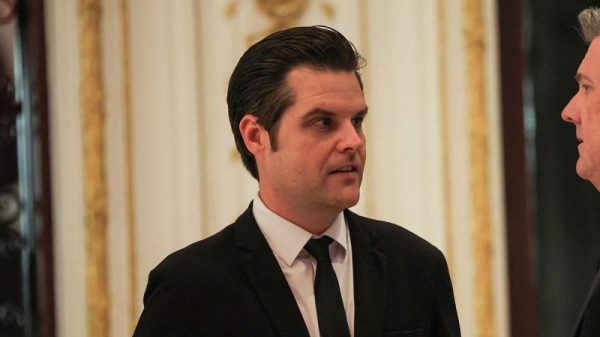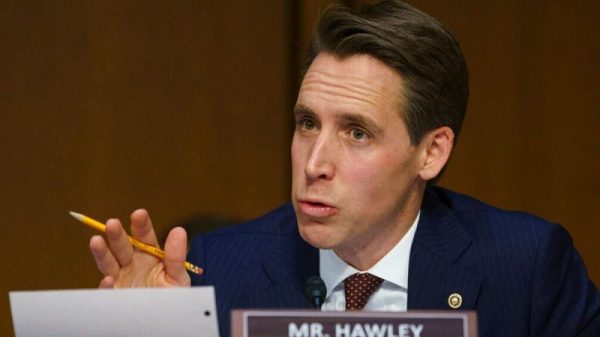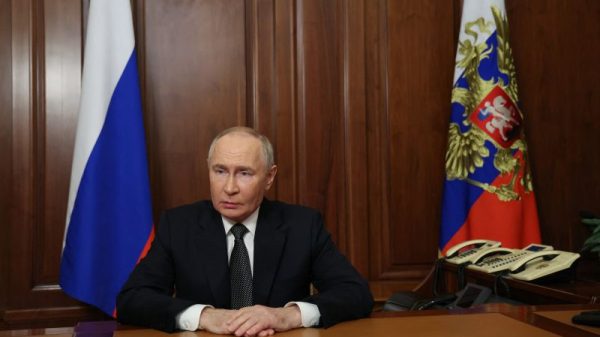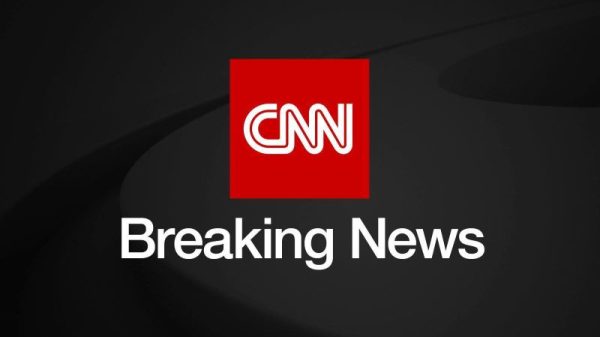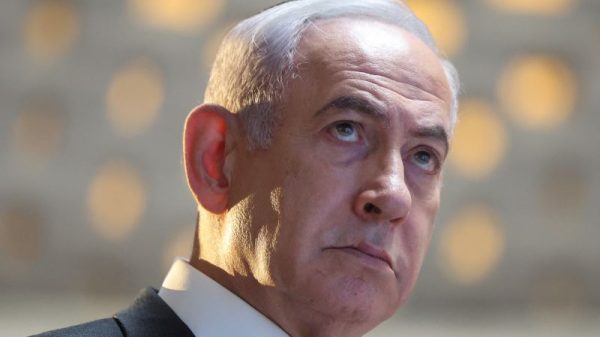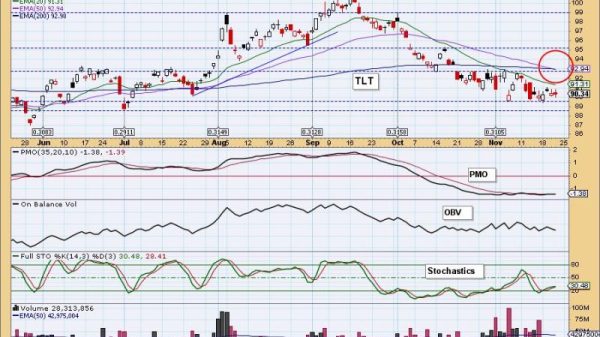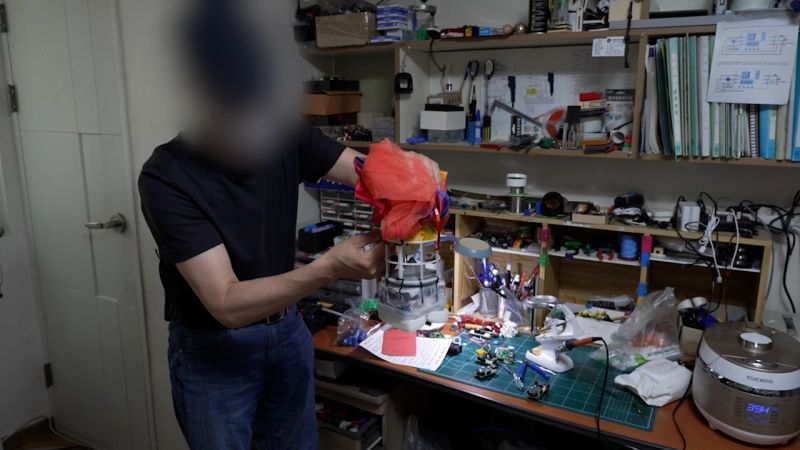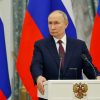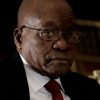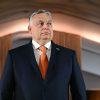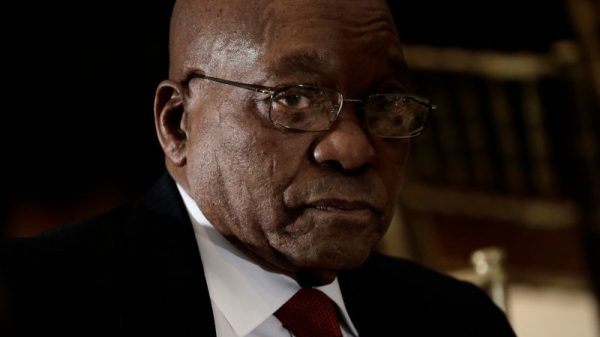Beside a desk scattered with soldering pieces, loose wires and electronic parts, Choi’s computer screen tracks wind conditions and the GPS location of some unlikely parcels: massive “smart” balloons he has sent floating into North Korea.
For many years, South Korean activists and North Korean defectors have sent balloons to the North, loaded with propaganda material criticizing dictator Kim Jong Un and USB sticks filled with K-pop songs and South Korean television shows – all strictly prohibited in the impoverished, highly isolated nation.
In response, North Korean authorities have sent more than 1,000 balloons toward the South since May carrying trash, waste and worms – fueling tensions as Kim Yo Jong, the powerful sister of North Korea’s leader, warned of “trouble” ahead.
In 2020, South Korea passed a law criminalizing the sending of anti-North Korean propaganda leaflets over the border as the previous liberal government in Seoul pushed for engagement with Pyongyang.
But many campaigners defied the ruling before it was struck down by a court last year, which called the law an excessive restriction on free speech, in response to a complaint filed by North Korean defector-activists in the South.
Choi, co-founder of the Committee for Reforming and Opening North Korea, is among the North Korean defectors who have vowed to continue sending balloons to their homeland.
The balloons assembled by Choi’s group from their Seoul apartment base are a step up from rudimentary balloons that randomly scatter their contents when they crash or pop.
Fitted with GPS trackers, the activists can monitor these next generation “smart” balloons in real time on journeys that often span hundreds of kilometers. The group once tracked one of its balloons that drifted all the way to China, according to its data.
The group’s oblong-shaped balloons are about 12 to 13 meters (about 40 to 42 feet) long, made of plastic and filled with hydrogen, Choi said. They carefully chose the plastic’s thickness so it can both endure the wind and allow some hydrogen to naturally leak through, helping control the balloons’ altitude, he added.
The sensors and small circuit boards attached to the balloons help the balloons travel at a certain altitude and for a certain distance. “If the balloons float too high over 4,000 meters, the dispenser won’t work properly so we keep an extra bag of leaflets to drop when it reaches too high in altitude,” Choi said. “It’s programmed to release the hydrogen gas depending on the altitude.”
“I believe North Korea can change when the deification of Kim Jong Un is cracked, and sending these smart balloons is the way to achieve that,” Choi added.
“I feel very proud that we have contributed to dismantling the idolization of Kim Jong Un.”
3D-printed parts
The smart balloons sent by Choi’s group carry a number of different payloads, including some that are automated.
In one version, the balloons carry a small, makeshift loudspeaker that looks like a camping lantern, held in place by zip ties and glue. Attached to a cushion, battery pack and a parachute, it blares propaganda as it floats to the ground, with one message declaring: “North Korea can survive only if the Workers’ Party is abolished.”
The balloons are sometimes fitted with an automated flyer-dispensing device. They can carry about 1,500 propaganda leaflets – which the dispenser spits out rapidly with the help of a timer and an altitude-adjusting device.
“We devised a method to disperse the leaflets over a large area, covering 50 to 300 kilometers (about 31 to 186 miles), making it very difficult for North Korean authorities to collect them all,” Choi said. “With our system, we can control the leaflets to fall every 300 meters or every kilometer, making sure more people can see them.”
These features allow the group more control over their devices than the typical balloons used by other activists. For example, smart balloons are designed to begin spitting out leaflets at specific points based on their wind speed and direction, Choi said – purportedly allowing them to distribute within target areas. They can also control the frequency of the leaflets’ distribution.
While Choi buys some parts for the devices, he uses 3D printers to make the others. He credits his engineering studies at a North Korean university before his escape to the South – and YouTube videos and the rest of his group – for helping him improve upon the existing balloons being sent North, before setting up the organization in 2013.
And this isn’t his full-time job; he works elsewhere in the daytime, comes to the apartment after work, makes 3D-printed parts, then assembles them for up to six hours a day. Each smart balloon costs about $700 to make, he said.
Choi’s motivation, he said, is his family still living in North Korea. And he bristled at those in South Korea who have urged the activist groups to stop.
“To those who criticize our activities, it’s like saying, ‘Let’s help maintain the dictatorship in South Korea,’” he said, referring to decades of authoritarianism in Seoul before the South’s transition to democracy in the 1980s.
Rising tensions
The balloon feud has seen tensions heighten between the two Koreas, which technically remain at war – an armistice ended the Korean War that split the peninsula in 1953 but no formal peace treaty was ever signed.
Relations between the two countries thawed somewhat in 2017 and 2018, allowing some South Korean elements, including parts of its pop culture, to seep into the hermit nation.
But the situation in North Korea deteriorated in the following years as leader Kim ramped up weapons testing in defiance of United Nations sanctions and diplomatic talks fell apart, prompting strict rules to snap back into place in the North.
Meanwhile, both nations are drawing closer to their respective partners – with North Korea recently signing a defense agreement with Russian President Vladimir Putin and South Korea stepping up cooperation with Japan and the United States.
On Tuesday, after South Korea detected the latest batch of 350 trash balloons from North Korea, the country’s military warned it could restart loudspeaker propaganda broadcasts at the border – something it hasn’t done since 2018.
In past years, Seoul has used giant speakers to play propaganda and music across the heavily militarized border – including news reports and K-pop group Big Bang’s hit song “Bang Bang Bang.”
“Our military is ready to immediately start anti-North Korea propaganda broadcasts and will operate with flexibility according to the strategical and operational situation,” said South Korea’s Joint Chiefs of Staff, adding that whether it resumes the loudspeakers is “up to North Korea’s actions.”

